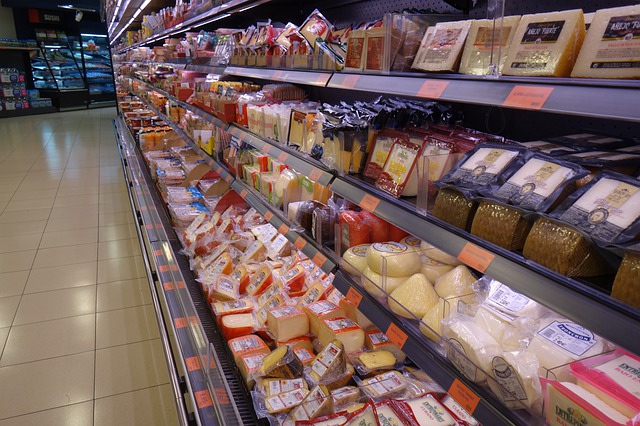Designing great packaging for food products may seem straightforward, but it isn’t. Major food companies spend millions on creating and improving packaging for their products, and what worked a few years ago may no longer work today. This is something that can be tough to deal with if you’re a small business or one that’s just getting started. You have very little margin of error and don’t have access to the same resources as your competitors, so you have to get it right the first time. Here are some of the rules of sound food packaging.
Reduce Waste
This is one of the first things you will need to consider. The demand for environmentally friendly packaging is at an all-time high and this is only going to get bigger as the next generation of customers starts taking over. You need to be prepared now and look at ways that you can reduce the total amount of packaging you’re using and use good materials.
One of the ways that you can accomplish both is by using flexible packaging, which increases food safety. This is by far the most eco-friendly solution that you can find but that’s not the only reason why you should use flexible pouches for packaging food. Flexible packaging also allows you to reduce overhead costs by lowering shipping costs and allowing you to pack more per shipment.
Make It Clear
Clarity is also extremely important. It has been estimated that consumers make their purchasing decisions in one-third of a second when looking at shelves. This means that they need to not only know what the product is but who it’s targeted towards.
Take drinks, for instance. You can have all sorts of different drinks on the same shelves. Some drinks may be sugary and artificial, while others may be targeted towards the health crowd. Things become complicated when things like sports drinks, energy drinks, or even alcoholic drinks like beers or hard seltzers compete for the same space. You have to make design decisions that will make your product’s category as clear as possible.
Avoid False Publicity
You have to be truthful in your packaging design. Do not use images that have been doctored too much. If you know that your product is not that photogenic, use illustrations or window packaging instead. There’s nothing more frustrating than finding out that a product looks nothing like what it’s portrayed as. This will create instant disappointment with customers, and your brand will suffer even if the product is good.
Usability
Usability is one of those things that is often overlooked with food products, but that’s usually a big mistake. Companies like Hellman’s understood this years ago when they switched from jars to squeeze bottles for their mayonnaise. Practical packaging will create a positive relationship with your product while frustrating packaging could put some people off your brand forever, even if it’s on a subconscious level.
These are three things all good packaging should ideally have. If yours is lacking in any of these areas, you’ll want to make corrections immediately.




